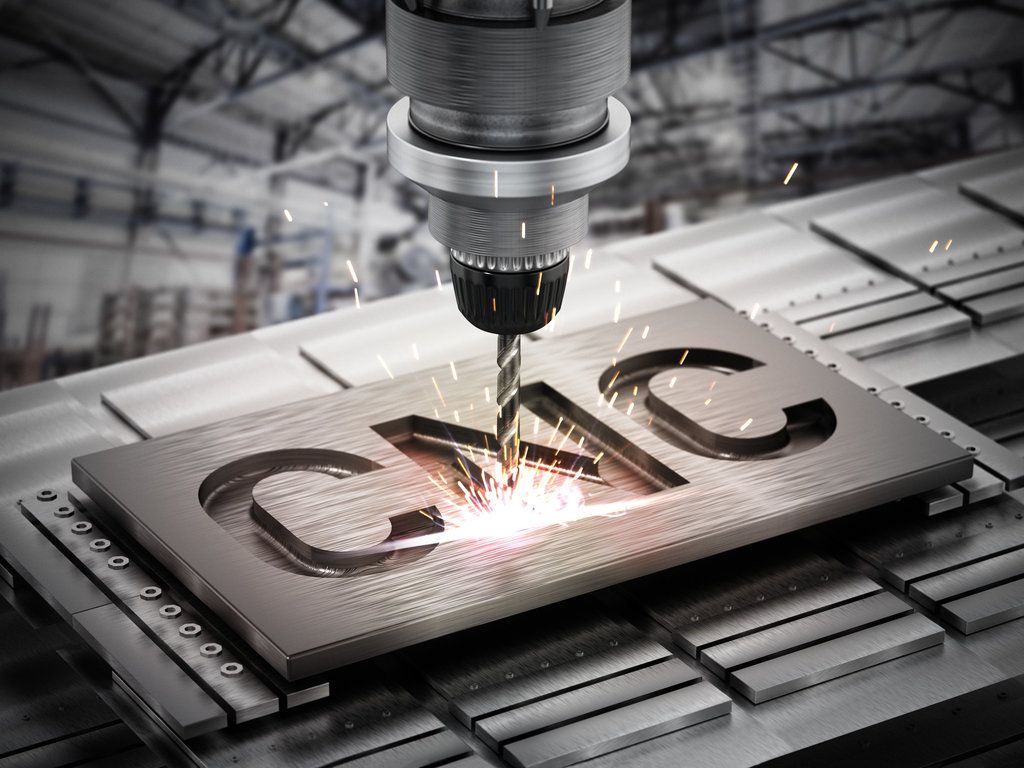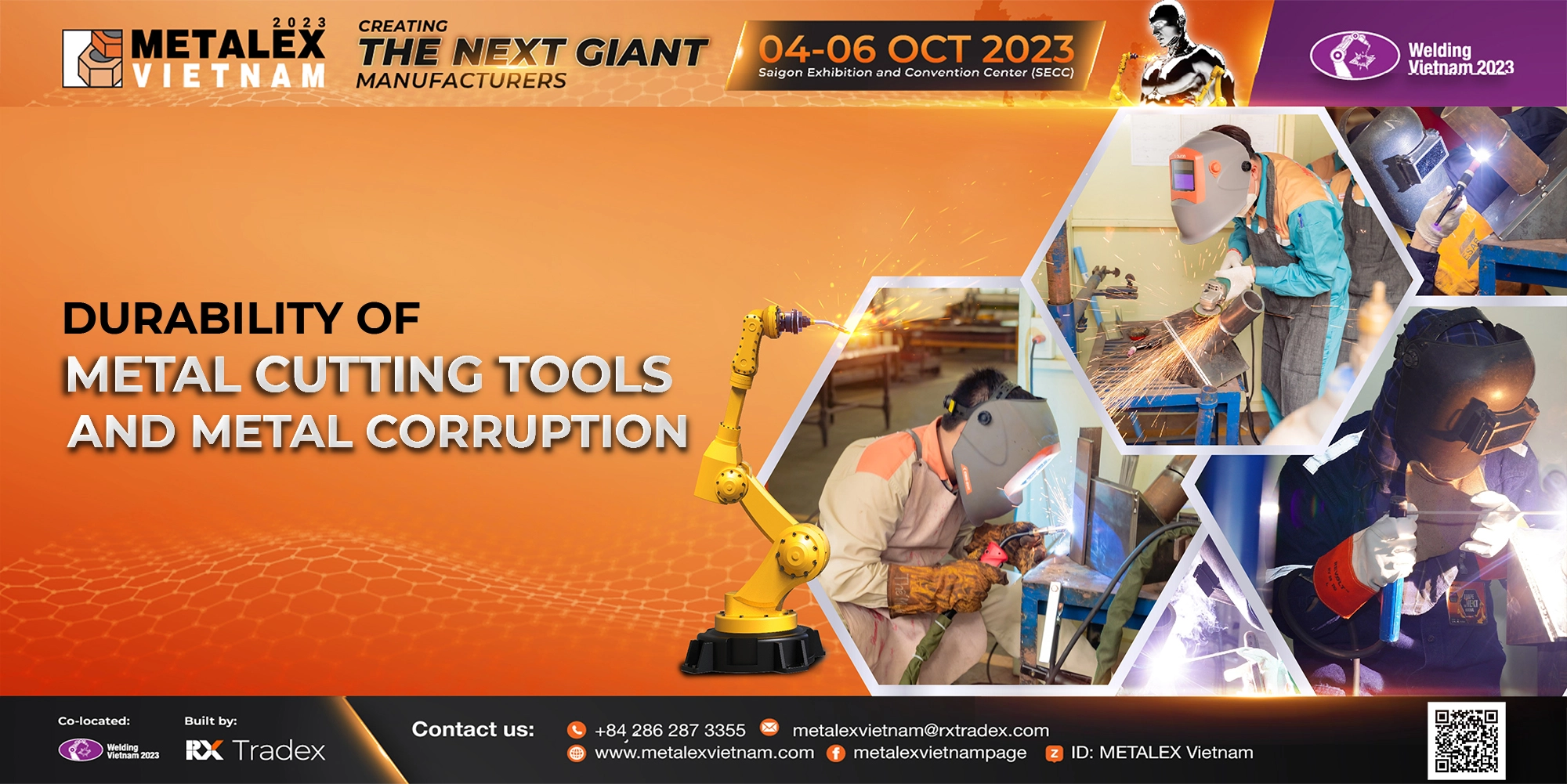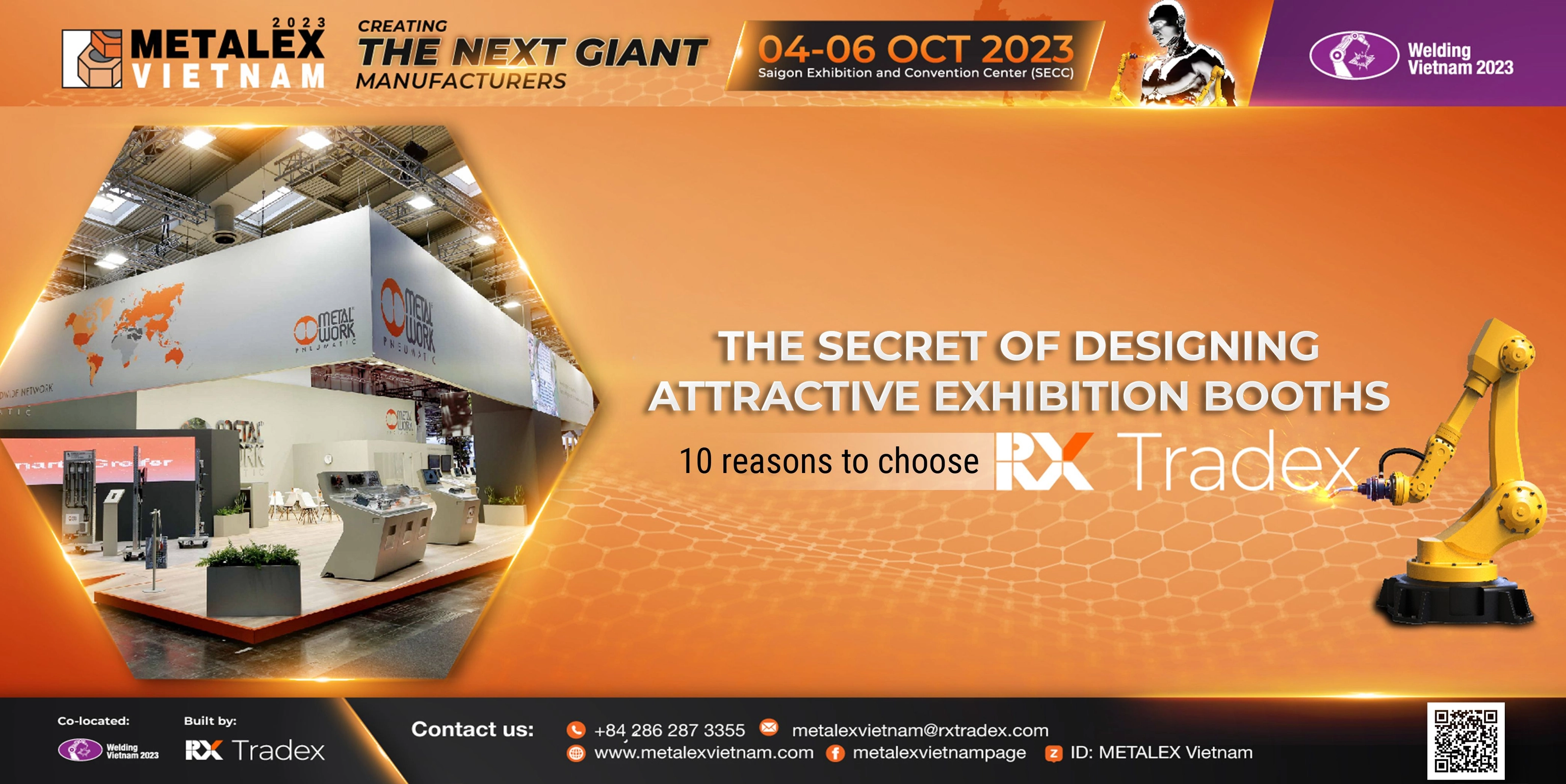How Is CNC Machining Changing the Manufacturing Industry?

Learn about the influence of CNC laser technology on the metal industry and discover the benefits and advantages that CNC technology brings, from precision and flexibility in machining to increased productivity and work efficiency. Besides, the article also covers new applications and trends in this field, and clearly shows the change and advancement that CNC has brought to the metal industry.
1. What is CNC?
CNC stands for "Computer Numerical Control", which is understood as "computer numerical control". This is a manufacturing technology that is being widely applied in industry, in which machines are controlled by computer programs to perform production operations.
CNC laser cutting is one of the applications of CNC technology, which is used to cut materials such as metal, wood, plastic, fabric, and many other materials using lasers controlled by computer programs. CNC laser cutting machines can be used to cut complex and precise parts, minimizing labor errors and increasing production productivity.
CNC Laser Cutting Machine is classified into many types, including Fiber CNC Laser Cutting Machine, CNC CO2 Laser Cutting Machine and YAG CNC Laser Cutting Machine. These types of cutting machines can be used in a variety of industries, but are mainly used in the metal fabrication industry for metal laser cutting processing.

2. Development history of CNC mechanical machining technology
CNC laser mechanical machining technology has undergone a long and remarkable development process. Here is a summary of the history of the development of this technology:
· 1940-1950: Active machining (NC) technology appeared, in which machines were controlled by numerical commands and moving shafts programmed by conveyors or other methods.
· 1950-1960: Active machining technology developed into digital processing technology (CNC). The machines are controlled by numerical commands, and the moving shaft is programmed by electronic control units.
· 1970-1980: CNC machining technology was widely applied in the mechanical industry. The CNC controllers are integrated with lathes, milling machines and other machine tools, bringing greater automation and precision in the machining process.
· 1990-2000: The development of computers and electronic technology opens the door for more advanced CNC machining technology. CNC systems become more flexible, with complex programmability and simultaneous multi-axis control.
· 2000 to now: CNC machining technology is increasingly advanced and diversified. New technologies such as 5-axis machining, multitasking and intelligent automation mechanics are applied, providing more complex and flexible machining than ever before.
The development history of CNC laser mechanical machining technology has seen significant progress, from the simplification and automation of the machining process to the breakthrough in flexible and precision production. This has made an important contribution to the development and modernization of the mechanical engineering industry globally.

3. The advantages of using CNC technology
The use of CNC laser technology in metal cutting processing has many important benefits. Here are some advantages of using CNC laser technology:
- High precision: CNC laser technology allows metal cutting with very high precision. The laser is capable of concentrating energy on a very small location, which cuts parts with great sharpness and accuracy.
- Speed and performance: CNC laser cutting machines are capable of performing cutting processes quickly. With its fast cutting speed and fast transition time between jobs, CNC laser cutting machines can increase production efficiency.
- Product diversification: CNC laser cutting machines are flexible and can cut various types of metals such as stainless steel, aluminum, copper, and many other alloys. This allows for the production of diverse and flexible products according to customer requirements.
- Material saving: CNC laser technology can optimize the cutting process to reduce material waste. By using intelligent control software, the CNC laser cutting machine can cut according to the optimal design pattern and arrange parts on the material sheet to save raw materials.
- Non-contact materials: CNC laser cutting machines use non-contact laser technology, which helps avoid wear or damage to the cutter. No material contact extends cutting tool life and reduces maintenance costs.
- Complex machining capabilities: CNC laser technology allows cutting complex shapes, square holes, circular holes, grooves and cutting slots, cutting to custom shapes and depending on the precise coordination of the machine and control software.
- Save time and labor: CNC laser cutting saves time and labor by automating the cutting process. The operator only needs to set the cutting parameters and program the machine, then the machine will perform the cutting process automatically and continuously. This minimizes intervention and manual work, which saves time and labor energy.
- Cost savings: CNC laser cutting machines can cut a large number of parts from material sheets, minimizing waste and optimizing material utilization. This saves raw material costs and increases competitiveness in production.
4. How has CNC machining changed the mechanical industry?
Time is an important factor in business operations. Applying CNC machine metalworking technology brings significant time benefits. The process of creating individual positions becomes significantly faster thanks to the automation and precision of this technology. CNC machines also increase processing speed and repeatability, reduce start-up time and execute simple machining programs.
Besides, using CNC technology also helps to reduce the size of the machine yard, while ensuring high quality for the final product. Now, a machine can perform a variety of positions, which optimizes resource utilization and saves space.
However, along with the obvious benefits of CNC technology and CNC machining, there are also some disadvantages. High cost is one of the drawbacks of this technology, making it possible for only large and developed companies to invest in CNC systems.
Another limitation is the requirement of professional knowledge of employees related to programming. To implement CNC technology effectively, employees need to master the knowledge of programming and controlling CNC machines, which requires periodic training and knowledge updates.
Despite certain disadvantages, the use of CNC laser technology is still the best option that brings great benefits in the mechanical industry, from increasing productivity and precision to saving time and resources.

5. What products is CNC mechanical processing used to produce?
CNC machining is used to manufacture a wide range of products in the mechanical industry. Here are some examples of products that are commonly machined using CNC technology:
- Machinery details: Shafts, gears, bearings, fasteners and other moving parts.
- Automotive auxiliary industry: automotive components such as brake discs, engine parts, suspension, valves and exhaust pipes.
- Aeronautical parts: Aircraft wings, chassis, engine kits and other structural parts.
- Medical equipment: Surgical instruments, endoscopic frames, X-ray machine parts, and other basic parts of medical equipment.
- Electronics industry: Electronic boards, containers, fasteners and other components in the electronics industry.
- Metal cutting tools: Milling cutters, turning knives, drills and other tools used in the metalworking process.
- Household products and appliances: Cooking appliances, household utensils, bathtubs, fans and other appliances.
These are just some common examples, and the applications of CNC machining are very diverse. This technology can be applied in almost all areas of mechanical manufacturing to create accurate, complex and high-quality products.
Summary
CNC laser technology has contributed to a comprehensive change in the metal industry. The use of CNC technology in metalworking has brought significant improvements in accuracy, speed, flexibility, and production performance. This has given impetus to the development of the metal industry, from the processing of simple parts to the mass production of complex products.
In connection with METALEX Vietnam 2023, the event played an important role in showcasing and showcasing advanced metalworking technologies, equipment and solutions. This international exhibition has attracted the interest of manufacturers, suppliers and experts in the metal industry, creating a platform to share knowledge, exchange experiences, and promote the development of CNC technology in metalworking. This is an important opportunity to discover new trends, learn about innovative products and services, and make connections with partners and customers in the metals industry.
Join METALEX Vietnam 2023 to explore the change of CNC technology in the metal industry and learn about advanced metalworking solutions.






